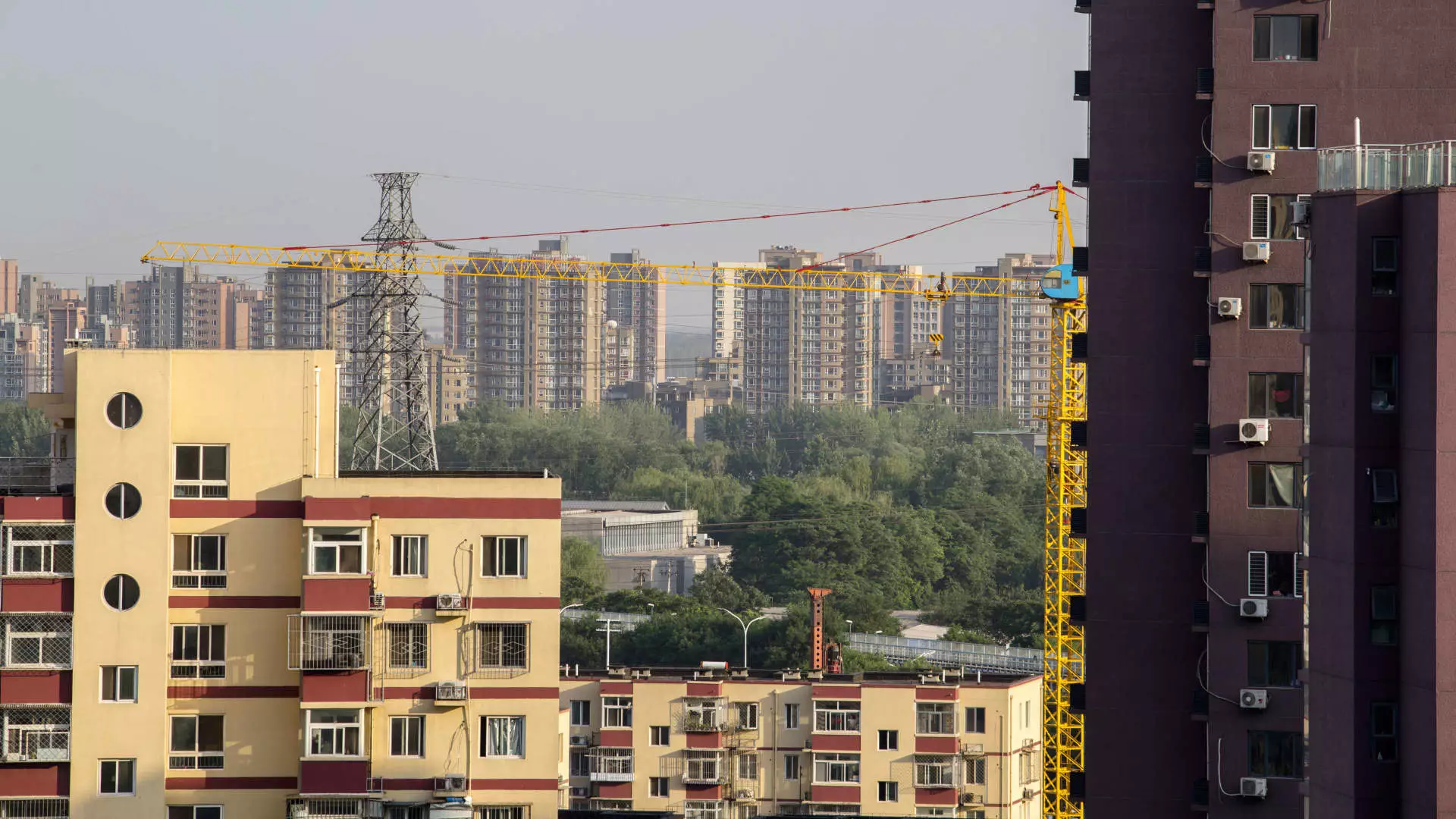The Chinese real estate market, once a beacon of prosperity, has experienced significant turmoil in recent years. With an economy heavily dependent on the growth of property development, issues such as over-leveraged developers, declining sales, and rising household debt have cast a long shadow. During the COVID-19 pandemic, consumer confidence dropped sharply, further exacerbating the challenges facing this sector. To combat these pressing issues, Chinese policymakers are taking decisive steps to stimulate the market, with new monetary easing measures announced recently.
On a recent Tuesday, the People’s Bank of China (PBOC) outlined a range of measures aimed at alleviating financial pressures on households and boosting the recovery of the real estate market. PBOC Governor Pan Gongsheng highlighted significant changes, notably reducing interest rates on existing individual mortgages by an average of 0.5 percentage points and lowering the down-payment ratio for second home purchases from 25% to 15%. This move marks a historic shift, unifying down payment requirements for first and second homes, and is anticipated to reduce household interest payments on mortgages by an estimated 150 billion yuan annually.
The immediate market reaction was notable; the Hang Seng Mainland Properties Index skyrocketed by 5% following the announcement. Prominent developers listed in Hong Kong, such as China Resources Land and Longfor Group Holdings, witnessed their stock prices rise significantly, illustrating a renewed investor interest. This surge indicates market optimism, albeit amidst broader concerns about the underlying health of the property sector.
Despite the buoyant market reaction, many analysts have cautioned against premature optimism. Past interventions have primarily failed to induce a meaningful rebound; property-related investments plummeted more than 10% in the first eight months of the current year compared to the previous year. William Wu from Daiwa Capital Markets expressed skepticism about the effectiveness of the recent rate cuts, suggesting that lowering rates on existing loans alone will not stimulate demand for new home purchases. This reflects a deeper malaise in consumer confidence and construction activity that requires more than just financial restructuring.
The current measures, while bold, may ultimately have limited impact if they don’t address the core issues plaguing the market. For instance, the market’s recovery hinges not only on reduced payment burdens but also on the broader economic environment, which includes assurance in employment growth and income stability. Bruce Pang of JLL underscored the need for a comprehensive strategy that addresses both developers’ needs and boosts consumer sentiment.
As policymakers evaluate the initial outcomes of these measures, there is an understanding that ongoing support and additional policy adjustments will be necessary. Reports have suggested potential renegotiation opportunities for homeowners with their lenders, allowing for refinancing options with different banks, which would represent a significant shift in financial policy towards increased borrower flexibility.
Such strategic shifts not only create breathing room for individual homeowners but may also stimulate a ripple effect through the market, improving liquidity and restoring confidence. However, successful implementation will hinge on balancing supportive measures for developers and ensuring that consumer purchasing power is effectively enhanced.
China’s property market stands at a critical juncture: the government’s recent monetary easing measures provide a much-needed lifeline, but skepticism remains regarding their long-term effectiveness. Analysts agree that a holistic approach grounded in sustained economic growth and confidence restoration among consumers is crucial. The path forward must not only support existing homeowners but also create a conducive environment for new buyers to re-enter the market. Only then will the sector begin to transform from a state of stagnation towards a more robust recovery trajectory, and ultimately, a revitalized economy.

